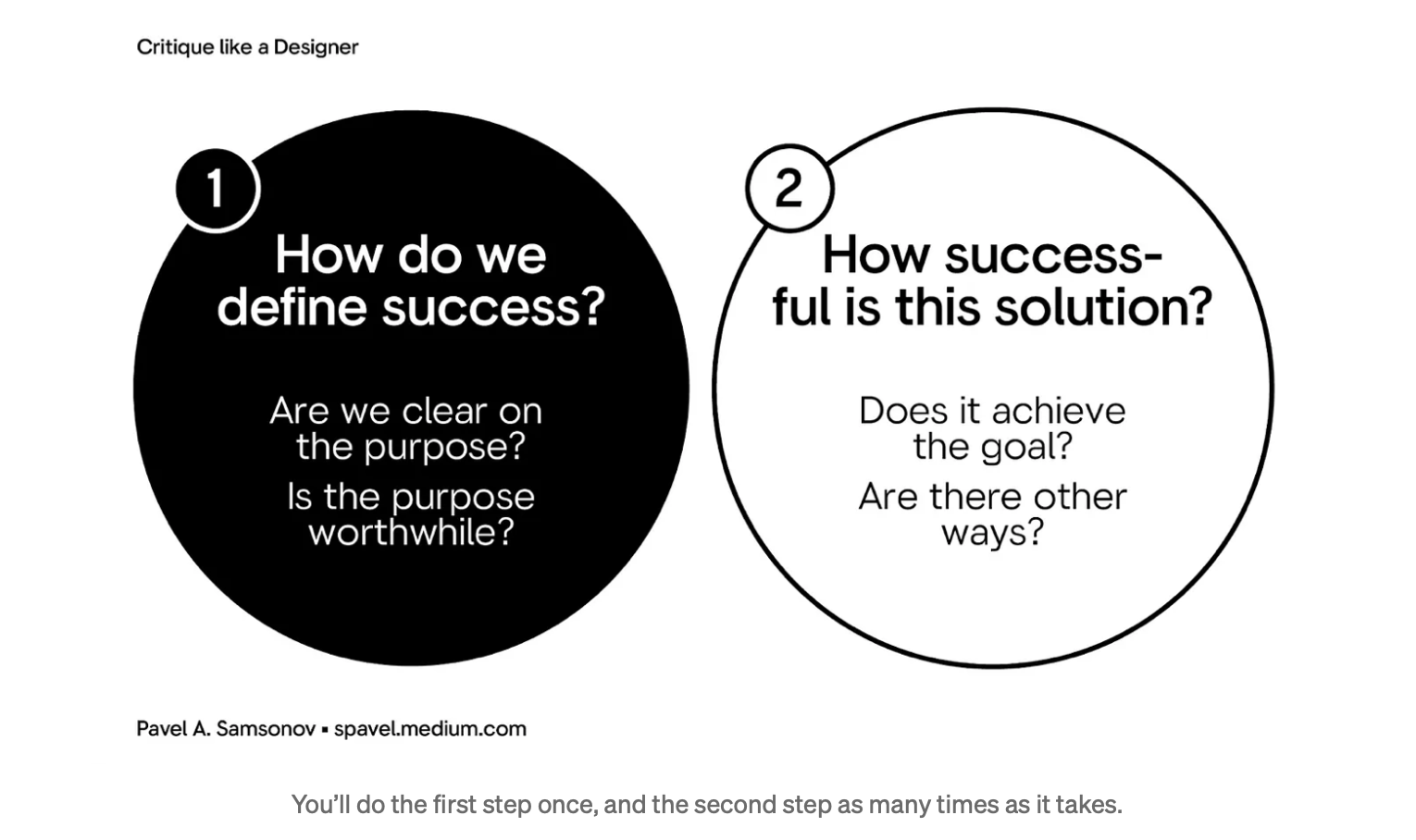5 key strategies for effective service design
Service design is a multidisciplinary approach that combines different methods and tools to create or improve service experiences. It's about understanding the needs of service users and designing solutions that meet those needs in a seamless and efficient manner.
In a world where customer expectations are constantly evolving, service design has become crucial for businesses that want to stay competitive. It ensures that services are user-friendly, relevant, and differentiated in the marketplace.
Strategy 1: User-Centered Approach
Empathy mapping is a tool used to gain a deeper insight into customers' needs and emotions. It helps service designers to understand the user experience from the customer's perspective, which is essential for creating services that truly resonate with users.
Creating personas and mapping out user journeys allows designers to visualize the various interactions customers have with a service. This helps in identifying pain points and opportunities for improvement.
Strategy 2: Co-Creative Processes
Co-creation involves all stakeholders in the design process, including customers, employees, and partners. This collaborative approach ensures that the service is designed with a comprehensive understanding of all perspectives.
Workshops and ideation sessions are effective ways to generate innovative ideas and solutions. They encourage participation and harness the collective creativity of the group.
Strategy 3: Sequencing
Sequencing involves breaking down a service into its individual touchpoints and examining the customer's experience at each stage. This helps in creating a smooth and logical flow for the service delivery.
Service blueprinting is a detailed diagram that maps out the service journey, highlighting the frontstage and backstage processes. It is a critical tool for ensuring that every aspect of the service is considered and designed for optimal performance.
Strategy 4: Evidencing
Many services are intangible, making them difficult to conceptualize. Evidencing involves creating physical or digital artifacts that represent the service, making it easier for users to understand and engage with.
Prototyping and testing are key components of service design. They allow designers to experiment with different elements of the service and refine them based on user feedback before full-scale implementation.
Strategy 5: Holistic Service Ecosystem
Services often span multiple channels, and it's important to ensure that the experience is consistent across all of them. A holistic approach looks at the service as part of a larger ecosystem, ensuring integration and coherence.
Maintaining a consistent service experience that aligns with the brand's values and messaging is essential for building trust and loyalty with customers.








Comments (0)